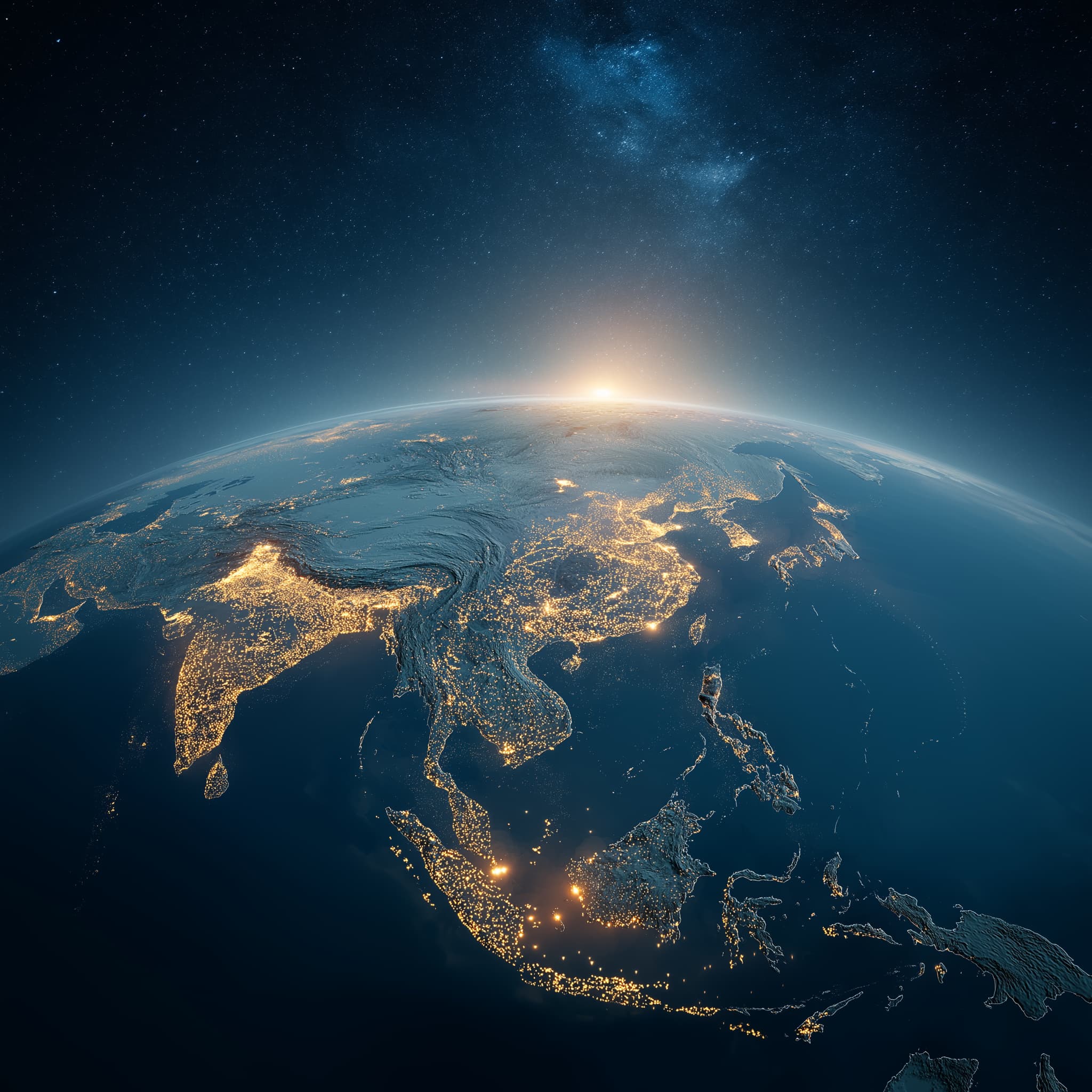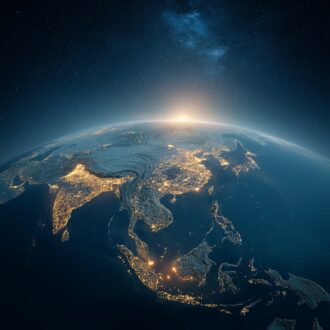Tsunamis are among the most devastating natural disasters, capable of causing widespread destruction within minutes. Two of the most tsunami-prone countries in the world—Japan and Indonesia—have each developed warning systems tailored to their geography, infrastructure, and societal needs. While both nations share a history of tragic tsunami events, their approaches to early warning and public preparedness reflect different resources, technologies, and levels of public engagement.
This article explores how Japan and Indonesia manage tsunami risk, comparing their warning systems, communication strategies, public education efforts, and challenges in implementation.
Geographical and Historical Context
Japan and Indonesia sit along the Pacific “Ring of Fire,” a region characterized by frequent seismic activity. Japan is located at the junction of four tectonic plates, while Indonesia straddles the boundary between the Indo-Australian and Eurasian plates.
Japan has experienced some of the world’s most catastrophic tsunamis, including the 2011 Tōhoku tsunami triggered by a magnitude 9.0 earthquake. Indonesia, meanwhile, suffered the 2004 Indian Ocean tsunami, which killed over 230,000 people in 14 countries, with Aceh province being the worst hit. These tragedies reshaped both countries’ national approaches to tsunami awareness and technology.
National Coordination and Institutional Frameworks
Japan’s tsunami response is overseen by the Japan Meteorological Agency (JMA), working in conjunction with local governments and emergency response teams. The system is highly centralized, with well-defined roles and a multi-layered approach to hazard monitoring.
Indonesia’s warning system is coordinated by the Meteorological, Climatological, and Geophysical Agency (BMKG). Since 2004, Indonesia has received international support to build a modern tsunami warning network. The country’s National Disaster Management Authority (BNPB) is also central in coordinating responses at the national and local levels.
Japan benefits from a longer history of institutional development, while Indonesia has made rapid progress in building disaster management capacity over the past two decades.
Technology and Infrastructure
Japan has one of the most advanced tsunami warning systems in the world. More than 1,000 seismometers and pressure sensors monitor seismic activity and sea level changes in real time. Deep-ocean tsunami detection buoys, satellite communication, and integrated alert systems allow the JMA to issue warnings within minutes of an undersea earthquake.
Additionally, Japan employs coastal sirens, digital signage, radio and television broadcasts, and mobile phone alerts that reach almost every citizen. Most importantly, the country’s dense network of evacuation routes, seawalls, and vertical evacuation shelters contributes to a strong structural defense.
Indonesia’s system, while increasingly sophisticated, has faced more challenges. Following the 2004 tsunami, the German-Indonesian Tsunami Early Warning System (GITEWS) was implemented. It included buoys, seismometers, and GPS sensors. However, over time, many of these devices became inoperable due to maintenance issues, vandalism, or lack of funding.
After the 2018 Palu tsunami—where no warning was issued despite an early earthquake—Indonesia began a shift toward “near-field” detection systems. This includes the deployment of land-based sensors and tide gauges that can operate even when there is little time between an earthquake and wave arrival. Integration with mobile alert systems, such as SMS and mobile apps, has also improved, but rural and remote areas remain less covered.
Speed and Accuracy of Warnings
Japan’s system is known for its speed and accuracy. Within three minutes of detecting an earthquake, the JMA can issue tsunami forecasts that include estimated arrival times and expected wave heights. These alerts are updated frequently as more data becomes available.
In contrast, Indonesia faces greater difficulties with short-notice tsunamis, especially when earthquakes occur close to shore. The country’s geography—with over 17,000 islands and many dispersed coastal communities—makes fast and widespread dissemination of warnings more difficult. Although BMKG has improved its speed in recent years, some communities still receive delayed or incomplete alerts.
Moreover, Japan’s infrastructure makes it easier to broadcast alerts through consistent channels. Indonesia’s diverse media landscape, linguistic differences, and infrastructural limitations mean that alerts may not reach all populations in time.
Public Awareness and Education
Japan places a strong emphasis on tsunami education. Schools regularly conduct drills, and local governments invest in public information campaigns. Memorials and museums serve as constant reminders of past disasters. The cultural memory of events like the 2011 tsunami ensures that citizens generally take warnings seriously and know how to respond.
Indonesia has made notable strides in community education, especially in regions most affected by past tsunamis. The Sumatran province of Aceh, for example, has integrated tsunami awareness into school curricula. Grassroots programs led by NGOs and local governments have also increased knowledge in vulnerable areas.
However, awareness can vary greatly between urban centers and rural communities. Some coastal populations may still lack clear evacuation plans or fail to recognize early signs of a tsunami, such as rapid sea withdrawal.
Community-Based Solutions
One area where Indonesia has demonstrated innovation is in the use of local wisdom and community-based systems. In Simeulue Island, for instance, residents credit their survival in 2004 to oral traditions warning of tsunami signs. Such knowledge, passed down through generations, complemented formal alerts and led to swift evacuation.
Japan has also integrated local knowledge, such as the placement of tsunami stones—historical markers that indicate past wave heights and offer warnings not to build below certain elevations. These traditional methods coexist with cutting-edge technology in forming a comprehensive approach to preparedness.
Challenges and Opportunities
Japan’s greatest challenge lies in maintaining public vigilance. As time passes after major disasters, there is a risk of complacency. In addition, reliance on physical defenses such as seawalls may give a false sense of security.
Indonesia faces different challenges: limited infrastructure, geographic complexity, and a need for sustained investment in system maintenance. Corruption and logistical issues have also occasionally undermined preparedness efforts.
Both countries, however, have opportunities for innovation. Advances in artificial intelligence, community-based mapping tools, and regional cooperation offer hope for more inclusive and accurate warning systems. Sharing best practices and technologies could further strengthen both nations’ resilience.
Conclusion
Japan and Indonesia each offer valuable lessons in tsunami preparedness. Japan’s approach is shaped by decades of refinement and technological leadership, while Indonesia’s experience highlights the importance of grassroots engagement and rapid adaptation in a geographically fragmented nation.
Although their systems differ in design and capacity, both countries continue to evolve in response to past tragedies and emerging risks. As the climate crisis and coastal development increase vulnerability worldwide, their experiences are critical to understanding how nations can prepare for the unexpected—and protect their people when seconds matter.


